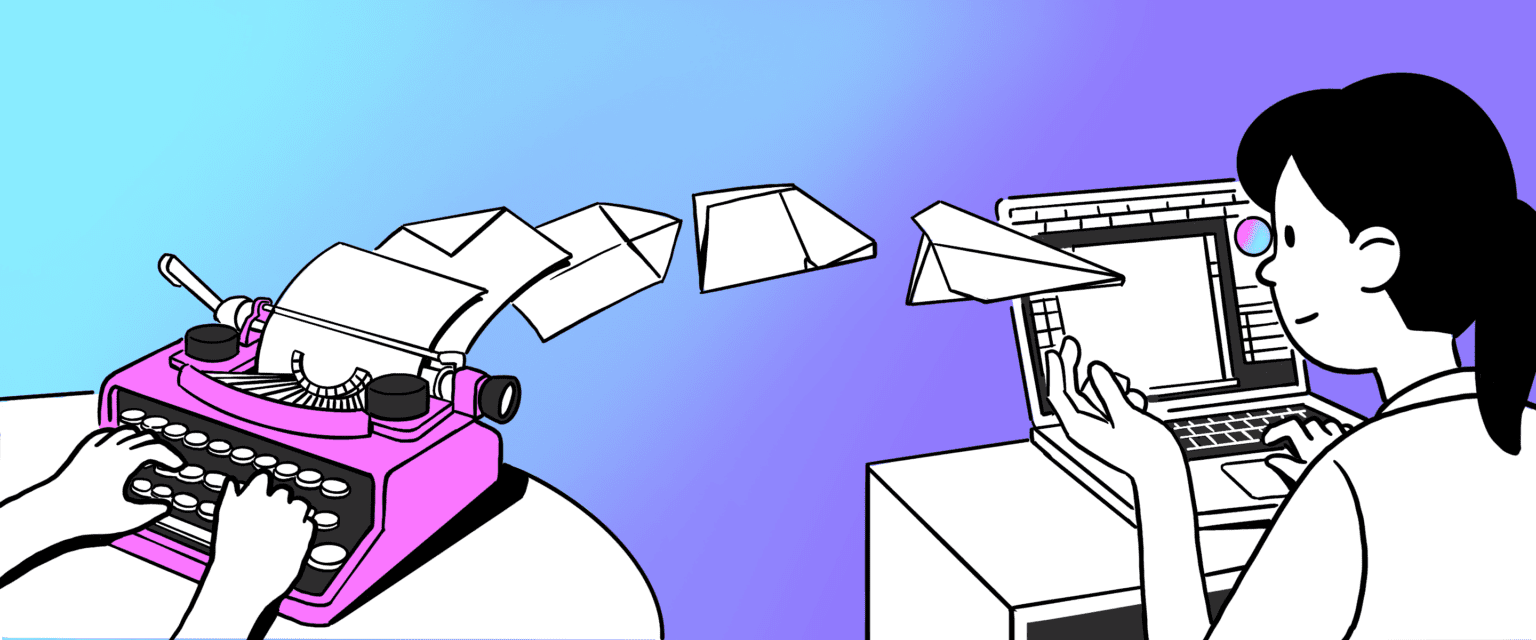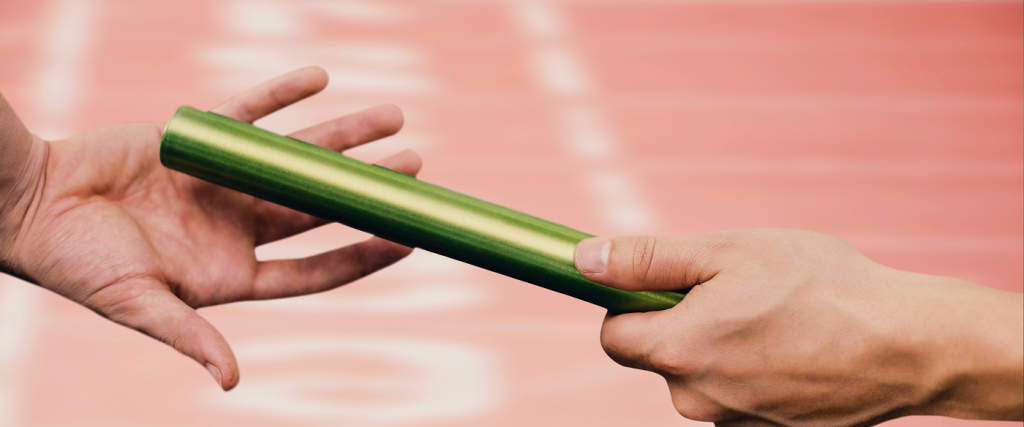Have you ever used a service to create a design project? If yes, it means that you already know how to execute a project design that requires a design brief.
Why is the design brief important? It helps you convey the purpose of your project and design. However, many companies, businesses, and clients still do not heed to prepare a design brief before starting a project. As a result, the designer working on it has no direction and loses focus on the project’s purpose.
So, the design brief is an essential document because it contains the requirements of the project to be executed, such as concepts, deadlines, style guides, and others. A complete list of details will help clarify the visual image created. Plus, you can unify the expectations to achieve the best result. Remember that a captivating design is one way to increase revenue. You can read an article about it here.
So, keep reading this article to understand what you need to know about the design brief.
A design brief is a bridge between creativity and goals
This type of brief is an outline document that answers design requirements. A brief becomes an essential paper in the creative process because it contains concepts, references, style guides, and points of view. In addition, a brief describes and visualizes the sources as a library to portray the ideas.
Briefs are also used in many fields apart from digital needs, such as architecture, interior design, and industrial design. You must write a clear, concise, and compact brief to describe your project’s purpose.
Although people might use many available templates, they usually change the brief to adapt to the project’s development. What’s clear is that the brief should be the bridge between the clients and designers to achieve their goals.

A solid design brief will make a satisfying result
We already understand that the role of the brief is vital in determining the design outcome. Briefs are critical if you want to invest in design. On the other hand, some things will benefit you in delivering a design brief before the project. What are those things?
– Expectations are set
Creating a clear and concise brief can convey your project objectives appropriately. Therefore, both parties will find it easier to set expectations for the designs’ results. So, designers will not create visuals that are too far from the brief.
– The designer will work effectively
A brief containing all the information will make it easier for the designer to run the project. Designers no longer need to ask unclear things back and forth because the brief contains the answers. Thus, they will work faster and more efficiently because they immediately execute the brief.
– Both parties will pursue the due date
By fulfilling the two points above, the parties involved in the project will be responsible for their work. However, they will be able to finish before the due date because there are already plans and timelines. So, you won’t miss delivering the project’s result.
Include the vital aspects of the design brief
To create a consistent template, you must pay attention to several aspects. Those aspects are necessary so that your brief can answer all questions that arise from the project.
Follow the tips below to create a clear, concise, and compact design brief.
1. Set the project scope and goals
The scope contains all information in a V shape. In other words, this information covers the broadest thing and then narrows to focus on one thing. So, for instance, you can start writing from company or client information such as the company’s vision, mission, and goals. Then, this information is narrowed down to small steps to create a design project.
For example, your company’s vision is to support nature conservation. So your goal is to spread awareness so that people can maintain the balance of the ecosystem. One of them can be done by not littering at the beach. Then, create a digital poster to remind people to put their trash in its place when at the beach.
You can explore the point of view from any side as long as it leads to your business goals. Then, communicate this to the designer so you can imply the company’s values on the design.
2. Research the targeted audience
Once you have determined your point of view, you must know to whom you want to convey your message through the design. For example, is it aimed at seniors, young adults, or teenagers? Would you like to share your message with office workers, business owners, or local sellers?
By determining the target audience, you can choose how you communicate, the design style, and the language used in the design. So, the audience will immediately understand it because your design brief is clear from the start.
For example, you will create a social media campaign project to throw trash in its place while at the beach. So, aim your design at tourists, from teenagers to young adults with middle to upper economic income who have the money for a vacation.
3. Set the timelines and deadlines
Companies and clients often underestimate the project completion date on the brief. It would be best if you detailed it to progress at a particular time. Don’t just say, “Just go for it.”
Create a timeline that includes what the designer must make progress at a specific time. Then, set an end date to complete the design for the project.
For example, there is a social media campaign project to dispose of garbage in a trash can at the beach during the summer, which is around June-August. So, you must make a plan and schedule that includes things to do.
For example, you can make a design brief’s timeline for a week. On Monday, you will meet with the designer to explain your brief. Then, on Wednesday, you will check the progress of your design. Lastly, you will provide revisions on Friday, so the designer should finish the procedure by Sunday.
4. Insert design assets and style guide
The design brief also contains references and what style you want to use.
First, you can provide articles as content references. Then, insert the trash can and beach icons as visual notes. Finally, give examples of other brands’ social media accounts to create elegant, fun, or formal design vibes.
These tips are closely related to how you give feedback to designers. So, you have to shape your input as efficiently as possible. You can find out about that by reading this article.
If you already include all the aspects in the design brief, it’s time to contact your designer. You can work with Nice To Meet You Studio to collaborate on making the best designs. Don’t forget to visit Instagram Nice To Meet You Studio to find exciting design references!


